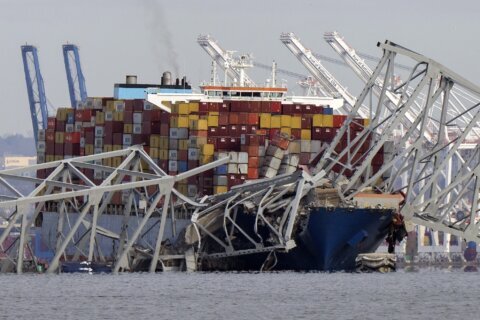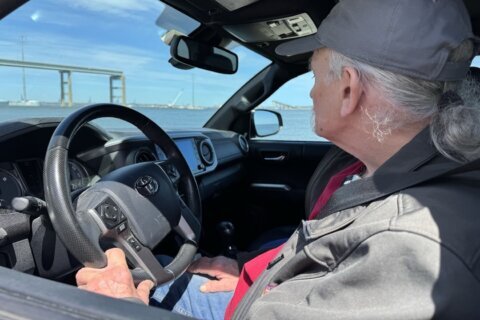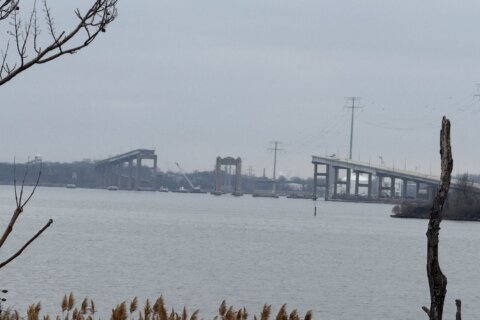Maryland authorities are beginning a new phase of their plan to improve the Chesapeake Bay Bridge.
In a statement released Monday, the Maryland Transportation Authority detailed these early plans as it responded to recommendations from the National Transportation Safety Board.
In late March, the NTSB criticized MDTA’s failure to contact safety inspections that the board said could have flagged vulnerabilities with the Francis Scott Key Bridge before its collapse last year.
The Bay Bridge was one of 68 bridges the NTSB labeled at-risk of collapse from a vessel collision in its March report.
The MDTA said it began the $160 million study last spring, months before NTSB’s criticisms were made public.
In a statement Monday, the MDTA said it found that the Bay Bridge does “not meet the AASHTO risk threshold for new bridges” and emphasized that the Bay Bridge has been inspected every year for the last 30 years and was “found to be in safe and satisfactory condition.”
Nevertheless, Maryland Transportation Secretary Paul Wiedefeld said the MDTA plans, beginning this summer, to develop short- and long-term plans for reducing collision risks for both the eastbound and westbound spans of the Bay Bridge.
It is also considering requiring reduced speeds for ships passing below the bridge, one-way transits as well as improved communication protocols and methods to manage car traffic on the bridge.
Longer-term projects could include more pier fenders around the support columns and additional dolphins — concrete barriers that surround bridge columns.
Get breaking news and daily headlines delivered to your email inbox by signing up here.
© 2025 WTOP. All Rights Reserved. This website is not intended for users located within the European Economic Area.





